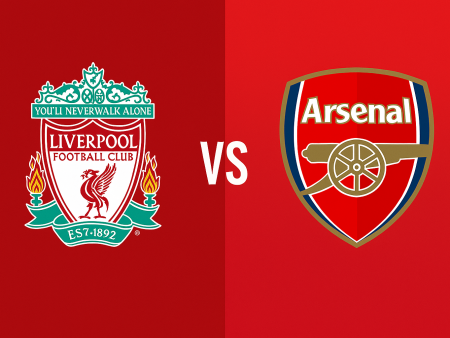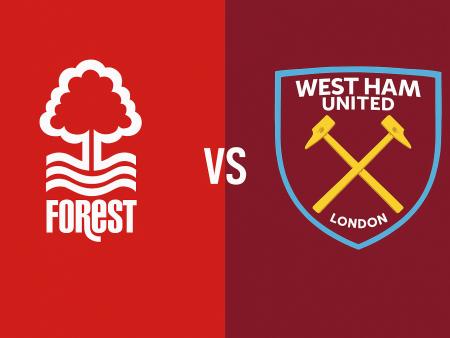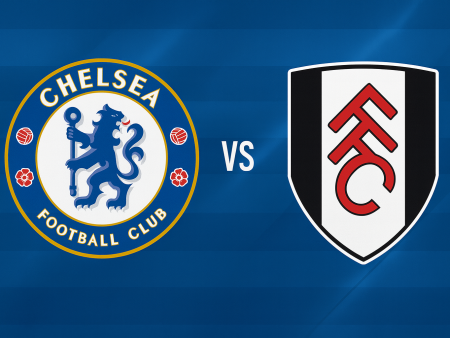Comprehensive Tactical Analysis: Borussia Mönchengladbach’s 4-0 Triumph Over Eintracht Frankfurt
The Bundesliga fixture between Borussia Mönchengladbach and Eintracht Frankfurt was steeped in narrative intrigue, as Adi Hütter - having just been confirmed as Gladbach's incoming manager - faced his future employers from the opposite dugout. What unfolded at Borussia-Park was a decisive 4-0 victory for Gladbach, painting a vivid picture of contrasting strategies, momentum, and crucial execution on both sides.
Eintracht Frankfurt’s Approach: Formation and Execution
Eintracht Frankfurt opted for their trusted 3-4-1-2 setup, attempting to capitalize on width and structured build-up play. The starting eleven replicated the lineup that recently outperformed Wolfsburg, signaling confidence and a desire to build on prior success. However, despite being in strong form and battling for a top-three finish, Frankfurt appeared flat and disjointed, particularly when attempting to transition from defense to attack.
The team struggled to make effective use of possession, with most of their play restricted to unthreatening areas. Key players such as Kamada and Ndicka displayed brief flashes of quality, yet the collective performance was marked by an unusual lack of intensity and creative connection. The timing of the managerial change may have contributed to a visible lack of focus and unity, leaving Frankfurt unable to exert their usual influence on proceedings.
Frankfurt’s Possession: Lethargic Build-Up Undermines Attacking Threat
Eintracht Frankfurt’s method of advancing up the pitch revolved around circulating the ball among their center backs, notably Ilsanker and Ndicka, in search of openings down the left flank for Filip Kostić. However, Gladbach’s disciplined defensive shape neutralized these efforts by limiting space on the wings and forcing Frankfurt back inside.
Several issues undercut Frankfurt’s game plan:
- A reluctance to play vertical or progressive passes into key central channels, with little willingness to attempt riskier balls through Gladbach’s midfield block.
- Predictable, slow passing between defenders, giving Gladbach ample time to adjust defensively and further smother forward options.
- Occasional forays forward, like those led by Ndicka, were too infrequent and isolated to seriously trouble Gladbach’s back line.
Despite these challenges, there were fleeting signs of promise when Frankfurt managed one-touch, direct combinations through the center. However, these moments evaporated quickly after conceding and were never sustained.
Set-Piece Woes: Frankfurt’s Achilles Heel
The most glaring deficiency in Frankfurt's performance was their vulnerability from set-pieces, specifically corners. The absence of central defensive stalwart Martin Hinteregger left Frankfurt lacking both aerial presence and organizational structure. This weakness proved costly, as three of Gladbach’s goals leading up to stoppage time originated from corner kicks:
- Frankfurt lost key duels in the air, unable to contend with Gladbach's height and physicality.
- Defensive lapses, such as failing to step up in unison after failed clearances, left players like Jonas Hofmann onside and unmarked, compounding their troubles.
Only one goal came from open play, highlighting how basic set-piece errors undermined any possibility of a comeback or even a competitive contest.
Borussia Mönchengladbach’s Tactical Blueprint: Formation and Adaptation
Gladbach lined up in their familiar 4-2-3-1 structure, though without the ball this often morphed into a compact 4-4-2 block. Suspensions to Yann Sommer and Christoph Kramer necessitated changes, with Tobias Sippel and Florian Neuhaus stepping into starting roles and delivering assured performances. With Lars Stindl sidelined, Alassane Pléa assumed a more central attacking role behind striker Marcus Thuram. Jonas Hofmann’s impact, particularly with set-pieces and his movement from the left, was instrumental throughout.
Defensive Solidity: Shape and Strategy
Gladbach’s defensive approach relied on disciplined positioning over aggressive pressing. Rather than chasing the ball, the team moved collectively side to side, directing Frankfurt’s play into less dangerous wide channels. Frequently, Gladbach’s structure would resemble a 3-3-4, with fullbacks stepping into midfield if required to track Frankfurt’s advanced wingbacks.
Key defensive characteristics included:
- Effective blocking of central zones, preventing Frankfurt from finding space between the lines or making threatening combinations.
- Calm patience in tracking Frankfurt’s side-to-side passing, negating the threat posed by wide men like Kostić and Durm.
- Exceptional individual performances from the back four, with Elvedi and Ginter dominating aerial and ground duels, and Bensebaini excelling in tackles and anticipation.
This suffocating approach was especially evident as Frankfurt found opportunities in central areas almost non-existent.
Attacking Transitions and Offensive Execution
Gladbach made the most of their limited possession, turning defensive solidity into direct, rapid attacking moves. The team was consistently dangerous in transition, exploiting the spaces left by Frankfurt’s advancing wingbacks.
Gladbach’s attack was characterized by:
- Quick vertical passes through midfield as soon as they regained possession, with players like Marcus Thuram and Alassane Pléa leading dynamic drives forward.
- Triangular interplay down the flanks, especially involving wide players, to dismantle the Frankfurt defense.
- Consistent threat on the counterattack, both generating corners and punishing defensive errors, culminating in a late breakaway goal for substitute Hannes Wolf.
These sharp, well-orchestrated transitions put Frankfurt under frequent pressure and helped Gladbach maximize their goal-scoring opportunities even with less time on the ball.
Key Statistics Table: Tactical and Performance Summary
| Aspect | Eintracht Frankfurt | Borussia Mönchengladbach |
|---|---|---|
| Formation | 3-4-1-2 | 4-2-3-1 (defensive 4-4-2) |
| Possession (%) | 63% | 37% |
| Goals From Set-Pieces | 0 | 3 |
| Major Weakness | Set-piece defending, slow build-up | Minimal; executed counters and set-pieces efficiently |
| Key Players | Ndicka, Kamada (briefly) | Hofmann, Thuram, Bensebaini |
Conclusion: Impact and Looking Forward
The announcement of Adi Hütter’s upcoming move to Borussia Mönchengladbach appeared to destabilize Frankfurt at the worst possible time. The 4-0 defeat was their heaviest of the season and highlighted vulnerabilities not seen in their previous campaign for the top-four. If Frankfurt are to restart their charge for Champions League qualification, addressing defensive lapses-especially on set-pieces-and reinvigorating their build-up play will be essential.
For Gladbach, this convincing performance reignited hopes of European qualification and showcased the attacking verve and tactical discipline expected under Marco Rose. Players who stepped in due to suspension and injury seized their opportunities, and the team’s ability to punish Frankfurt’s weaknesses was both clinical and emphatic.
This match serves as an instructive example of how organization, focus, and tactical clarity can determine outcomes at the highest level-and how managerial transitions can shift the balance for better or worse.













